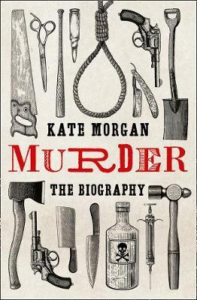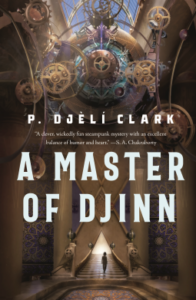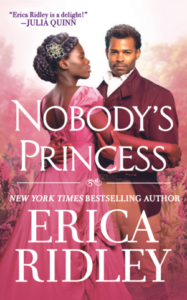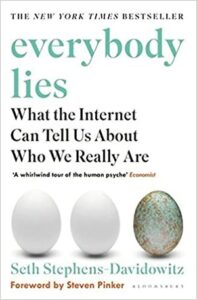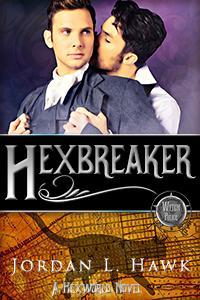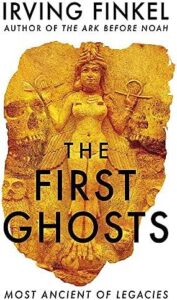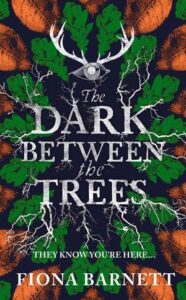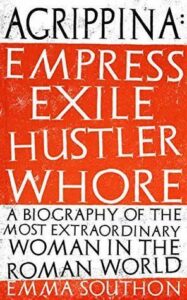 Agrippina: Empress, Exile, Hustler, Whore, Emma Southon
Agrippina: Empress, Exile, Hustler, Whore, Emma Southon
I really enjoyed Emma Southon’s book on murder in Ancient Rome, so I was eager to pick this up. I didn’t know much about Agrippina to begin with, beyond the most common stories, so it took some work to orient myself to her family tree (and of course, with the way that Romans only had about two names available per family so it sometimes feels like everyone is called Julia or Agrippina). Once oriented (with the help of Southon’s explanations and supplementary material), it’s quite the story: Southon sees Agrippina as a very capable woman who tried to do things not considered suitable for a woman in her context, and nonetheless being fairly successful, on the whole.
Southon’s tone is irreverent, as in her other book, and that might put off people who are looking for “serious” history. Despite that, and the lack of direct sourcing, Southon makes it very clear when she’s speculating and what she thinks is possible, what she thinks is likely, and what she thinks is a certainty. Don’t let the tone fool you: she’s really quite careful about that, and many historians are not (or not always). Southon outright tells you that she’s imagining what Agrippina might have done, and based on what; other authors will look at the possibilities, pick their favourite, and present that as what happened because it’s what they think happened.
Southon’s book is pretty sympathetic to Agrippina, where generally I’ve seen her treated very critically, and she does good work in revealing where that came from and why. Overall, Agrippina was an enemy I wouldn’t have liked to make — and one who got the things she wanted from life, even if they then killed her. Southon’s interpretation is striking and refreshing.
I did actually find it a bit slow going at times, despite that, but I don’t think that’s the fault of Southon, or of the material. This just didn’t feel as fresh as A Fatal Thing Happened on the Way to the Forum — despite Southon’s irreverent tone, it’s still a biography, and those can kinda drag for me.

